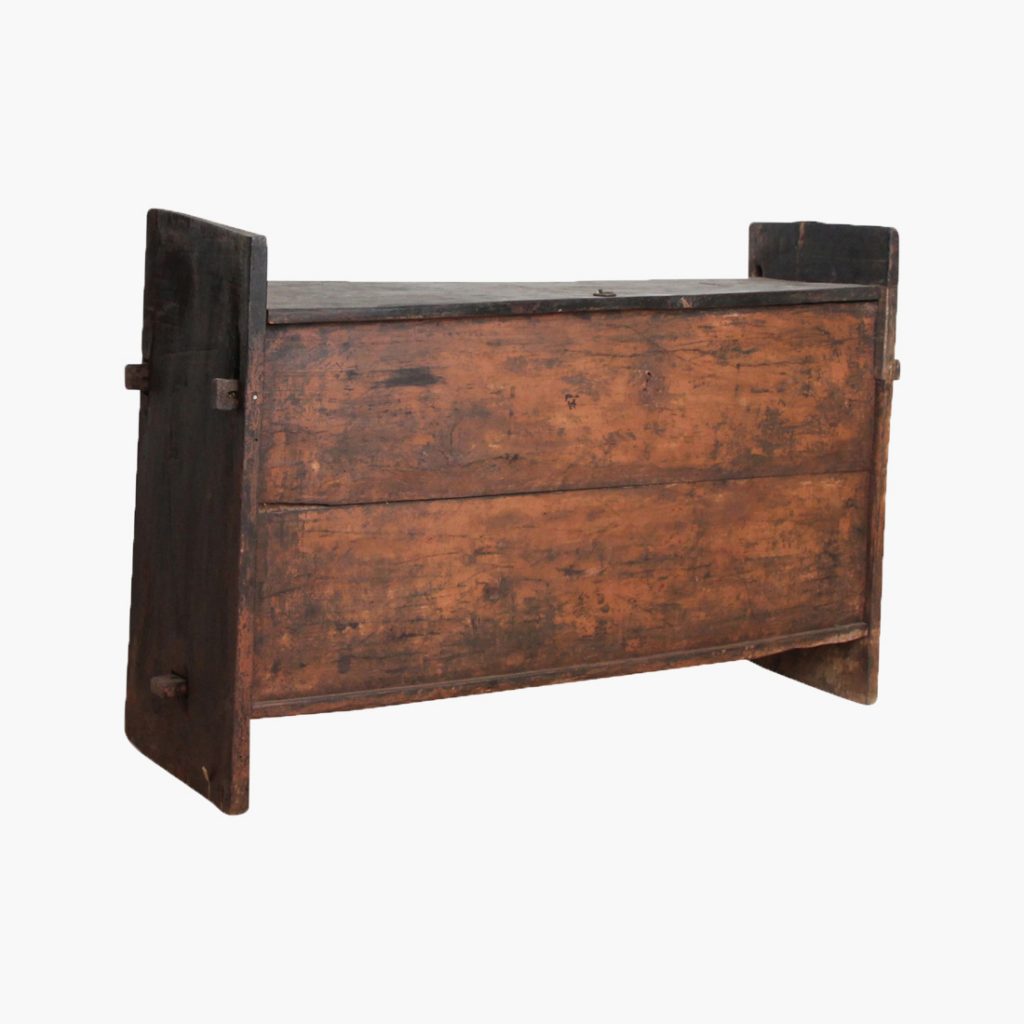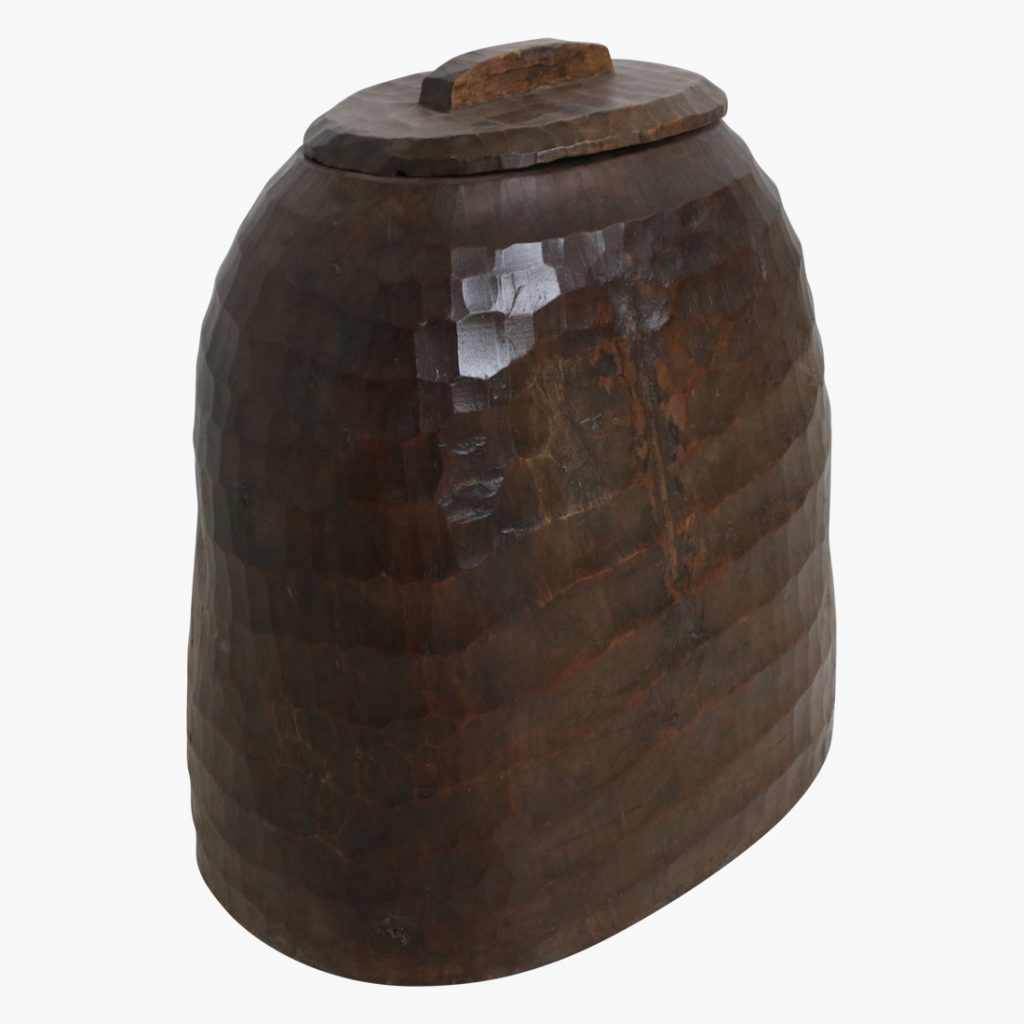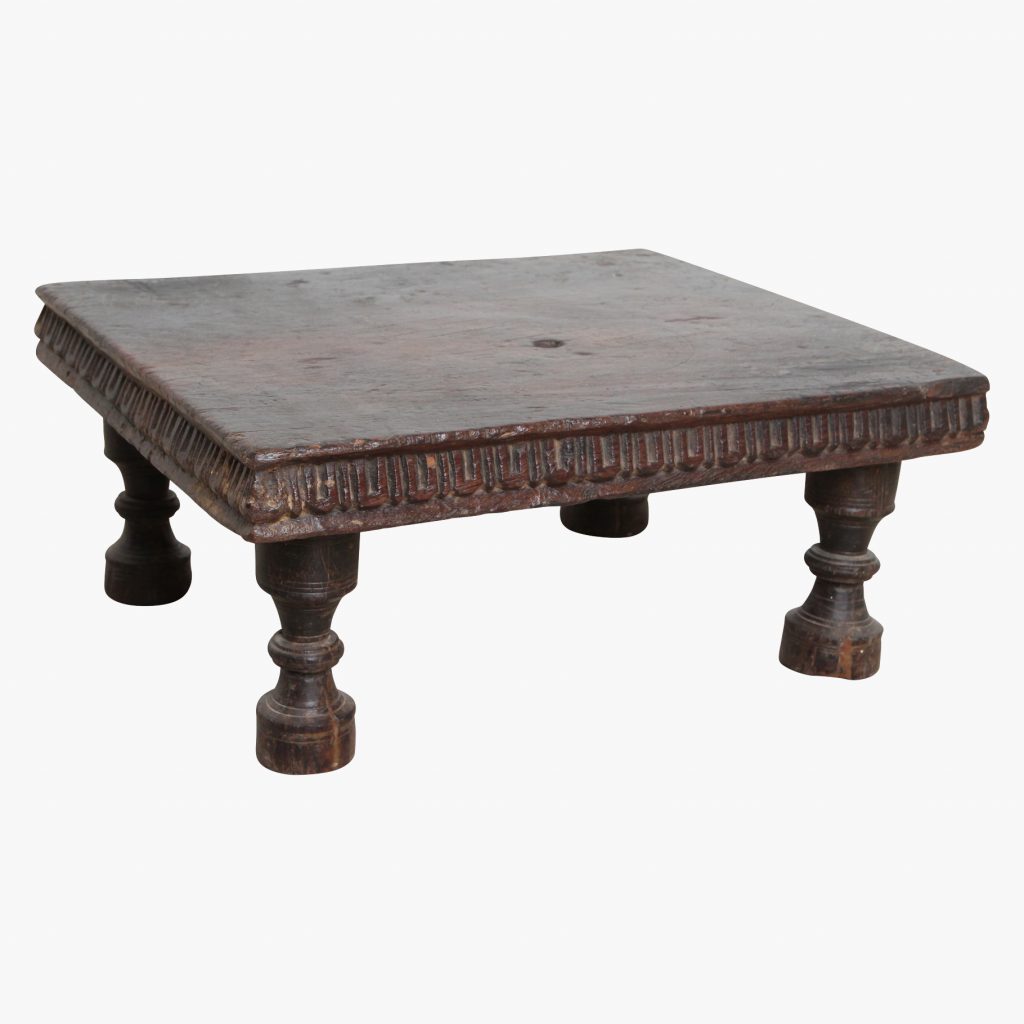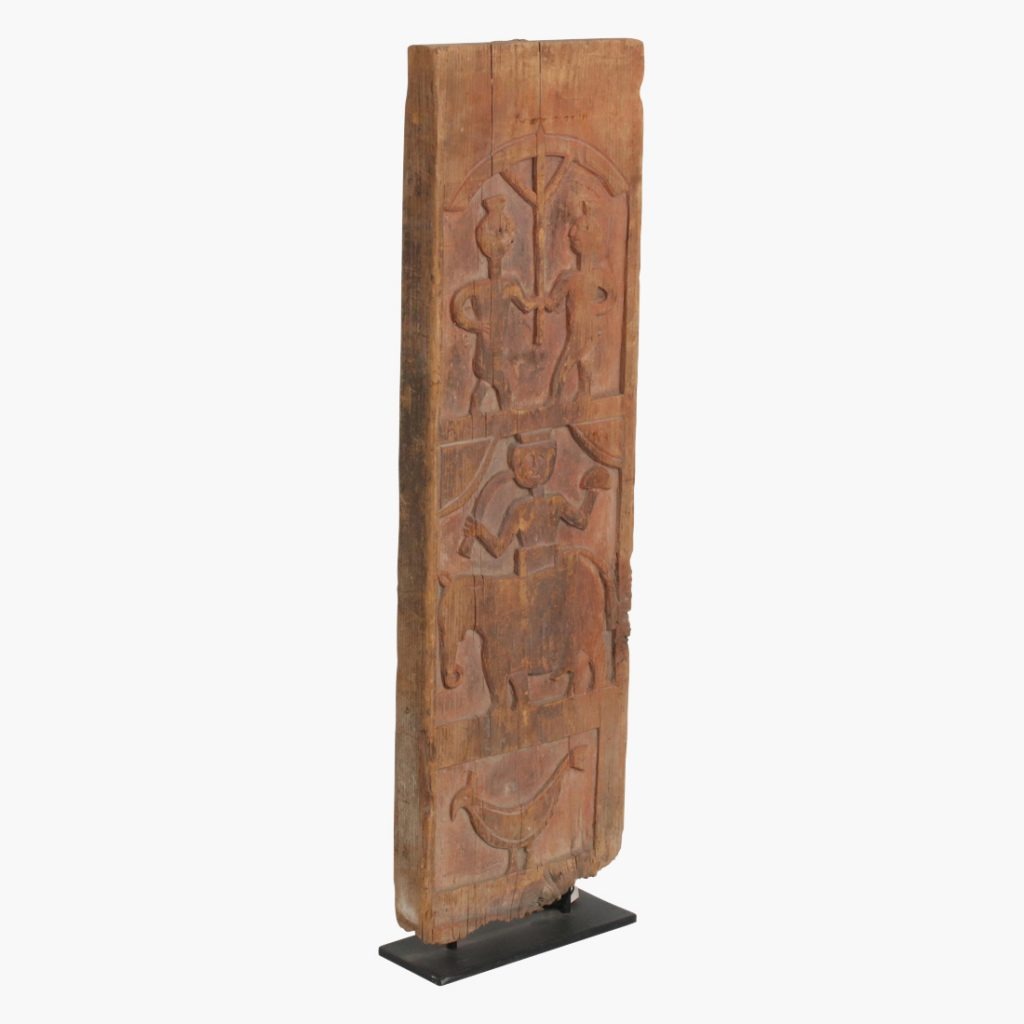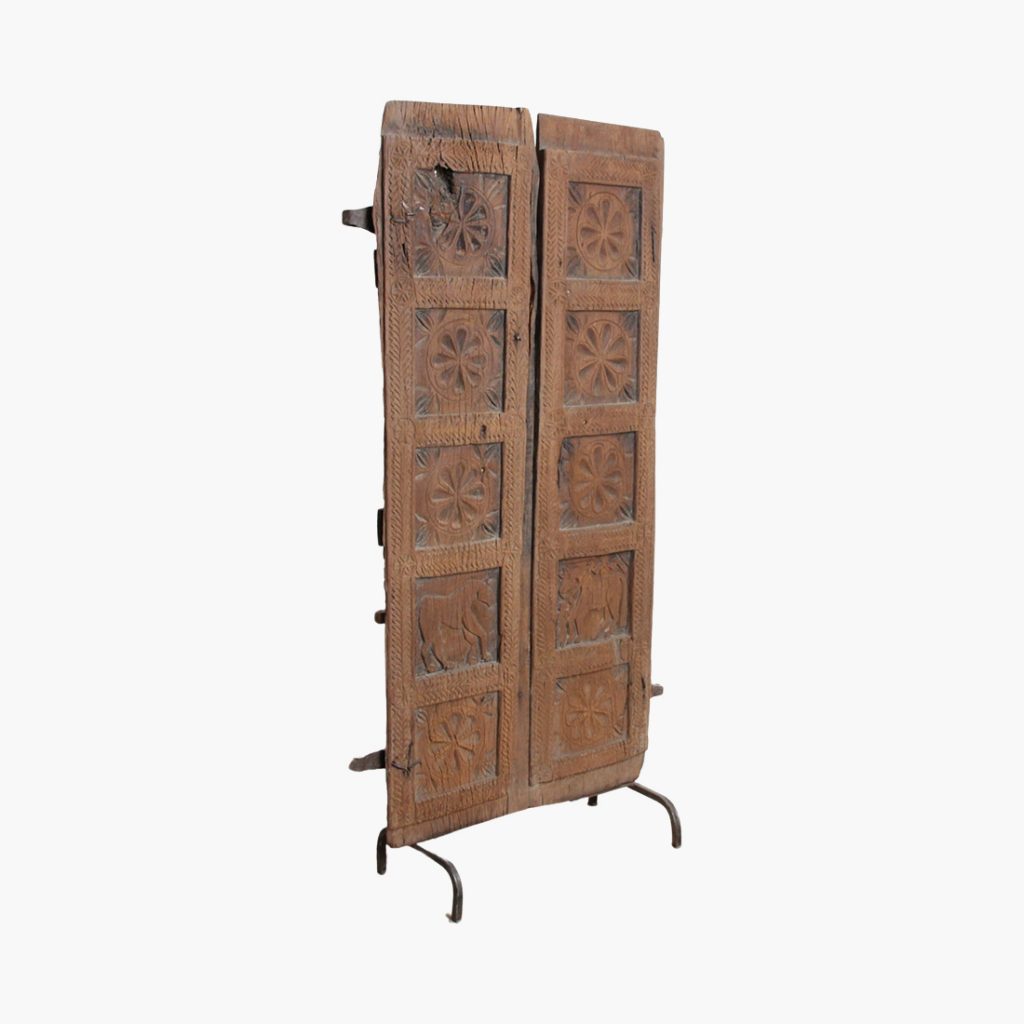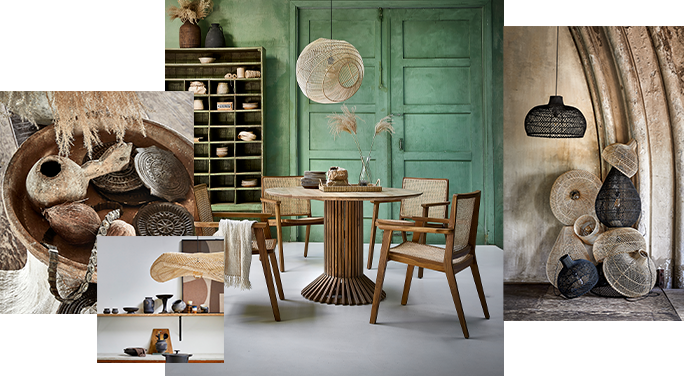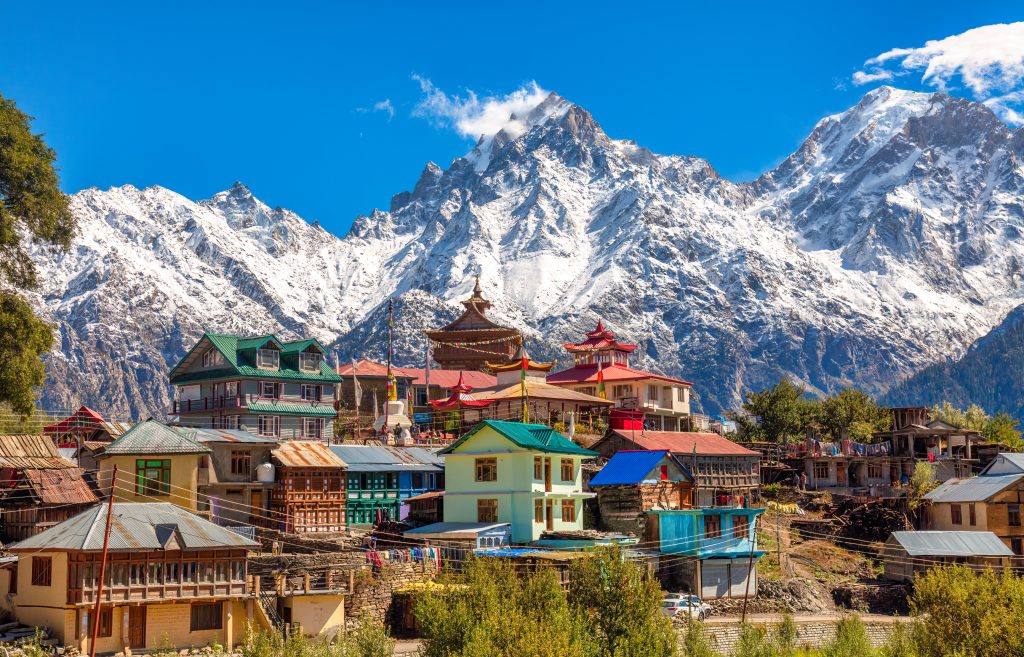
Our buyers travel the world to find furniture and accessories to enhance your home. With each journey, they bring back items with an interesting background story.
In this month’s ‘Story Of..’, we want to tell you more about our authentic Himachal Pradesh boxes. Read more below.
A Himachal Pradesh storage box proves that form and function can beautifully align! These carved tribal chests come from the state of Himachal Pradesh, Northern India. This area is a neighbor to the Himalayan mountain range.
Residence of the Dalai Lama, the Tibetan influence is powerful in this region, dotted with monasteries and Buddhist temples. Intoxicating incense smoke would drift amongst the scattered Tibetan temples and Buddhist monasteries and float through the windows of traditional Himachali homes. It is certainly a place with a magical undercurrent, a magic that we believe has been infused into these beautiful pieces..
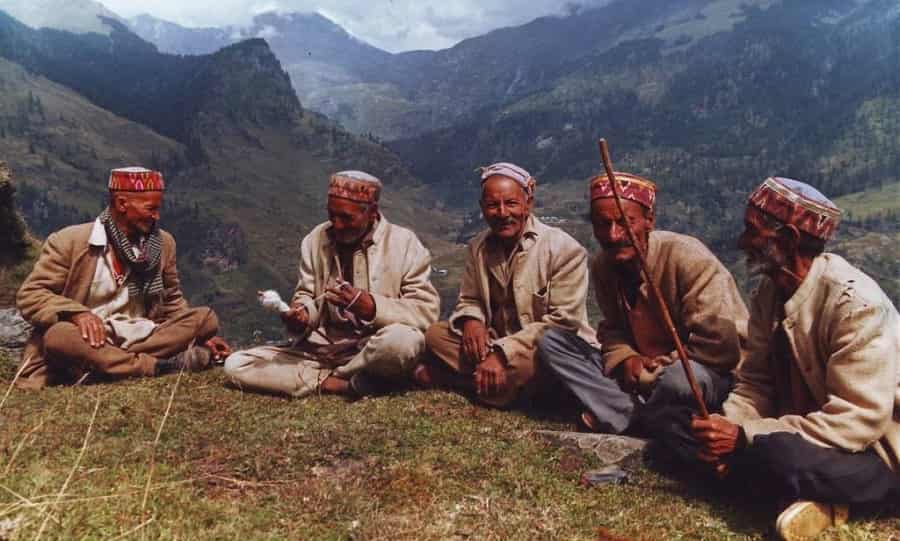
Nomads
This Himachal blanket or prayer chest was originally made by nomadic people from Northern India. The trunk was made with an ingenuous dowel method that allowed it to be set up and broken down easily. It was so important that it traveled with the tribe from place to place.
Designs
Hand-hewn & crafted from teak, cedar, or pine wood. Roughly cut into planks with an adze. The front is often chip-carved with designs that have been used for centuries. Designs often include a stylized lotus, a symbol of fertility and longevity in Hindu culture.
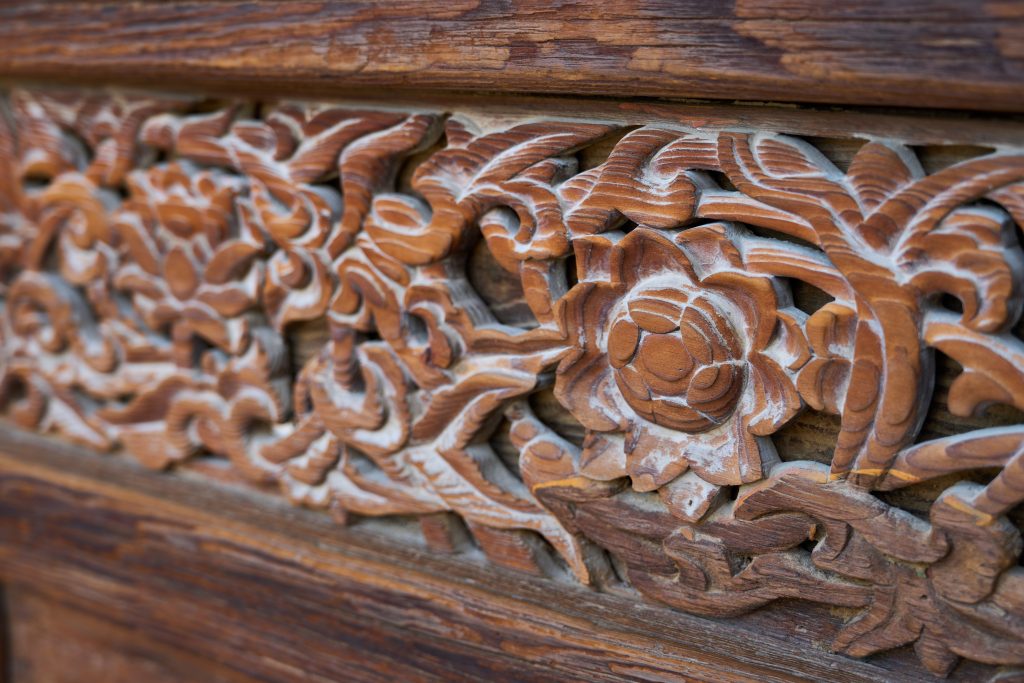
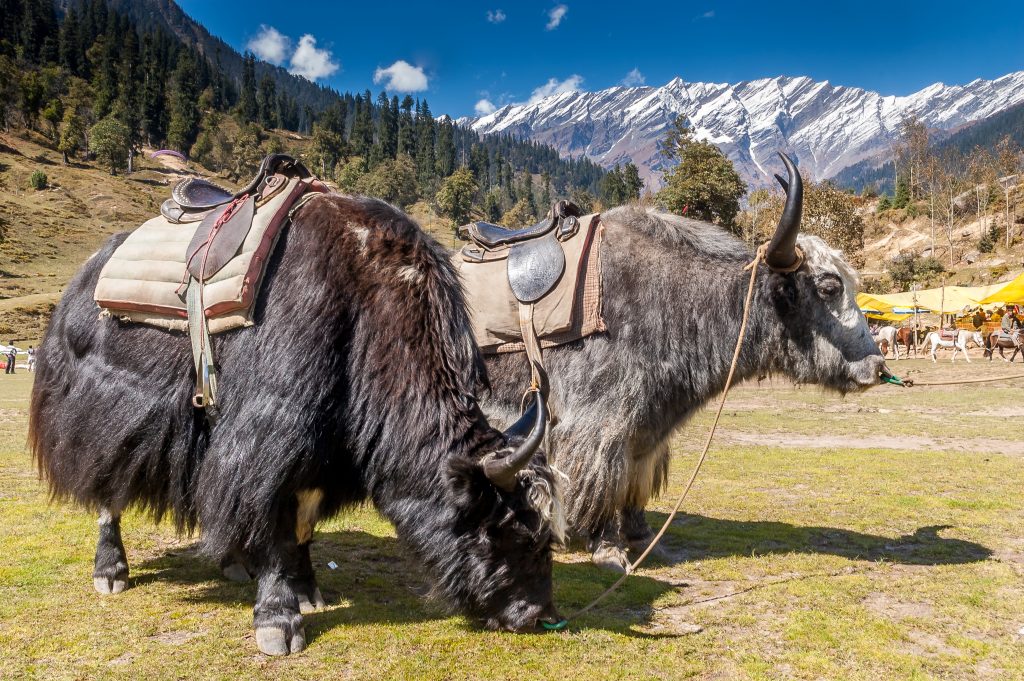
Construction
The construction of this chest reflects the way of life of its nomadic owners. They had to be able to transport their possessions during their travels. So this chest is not joined with nails, but with a system of tenons and wedges that allows it to be easily disassembled and reassembled. The bas-relief of this chest depicts scenes of everyday life. The lid, once opened, can be blocked with a hook. Its closure with its metal chain is original.
Original usage
These beautiful boxes, and their engravings, were unique to the home and family to which they belonged. Exquisitely engraved, and painted in a moody shade of black, they are approximately 70-100 years old. They were once used to store grain and keep it safe and dry from the freezing temperatures. It also kept goods like wheat, onions, potatoes, as well as blankets. It has its original hardware and often beautiful symmetrical floral motifs hand-carved into its center.
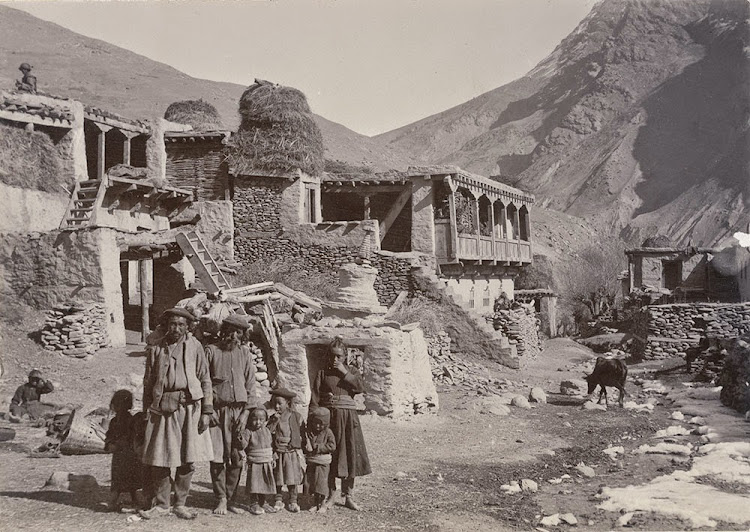
Copy cats
This crude-looking chest is characteristic of the Himalayan region. Similar ones can be found as far away as Pakistan and even Afghanistan, most often with geometric sculptures. You will find many old chests on the market similar to this one. Beware because most of the engravings have been added recently. An easy way to see if it is a real old chest is to look at the carvings. If the geometrical patterns have sharp edges it is newly chiselled. Also, look at the connections, they must have signs of wear and tear. The old ones were made of red cedarwood, which also kept the flies away. New ones are made from pinewood.
Maintenance
Its original patina having been kept intact, we recommend that you only use a dry cloth to clean this antique chest. For a glossy patina, use natural bee wax.
Woodcrafts
Himachal is one of those areas in India where wood has played a significant role as a structural material. Pine, Cedrus deodara, walnut, horse chestnut, and wild black mulberry are found in abundance in Himachal Pradesh. Places famous for woodcraft are Chamba, Tisza, Kalpa, Kinnaur district, and Kullu. Village homes are constructed with carvings on doors, windows, balcony panels, etc. This can be found in remote areas of the state, especially in the districts of Kinnaur and Kullu.
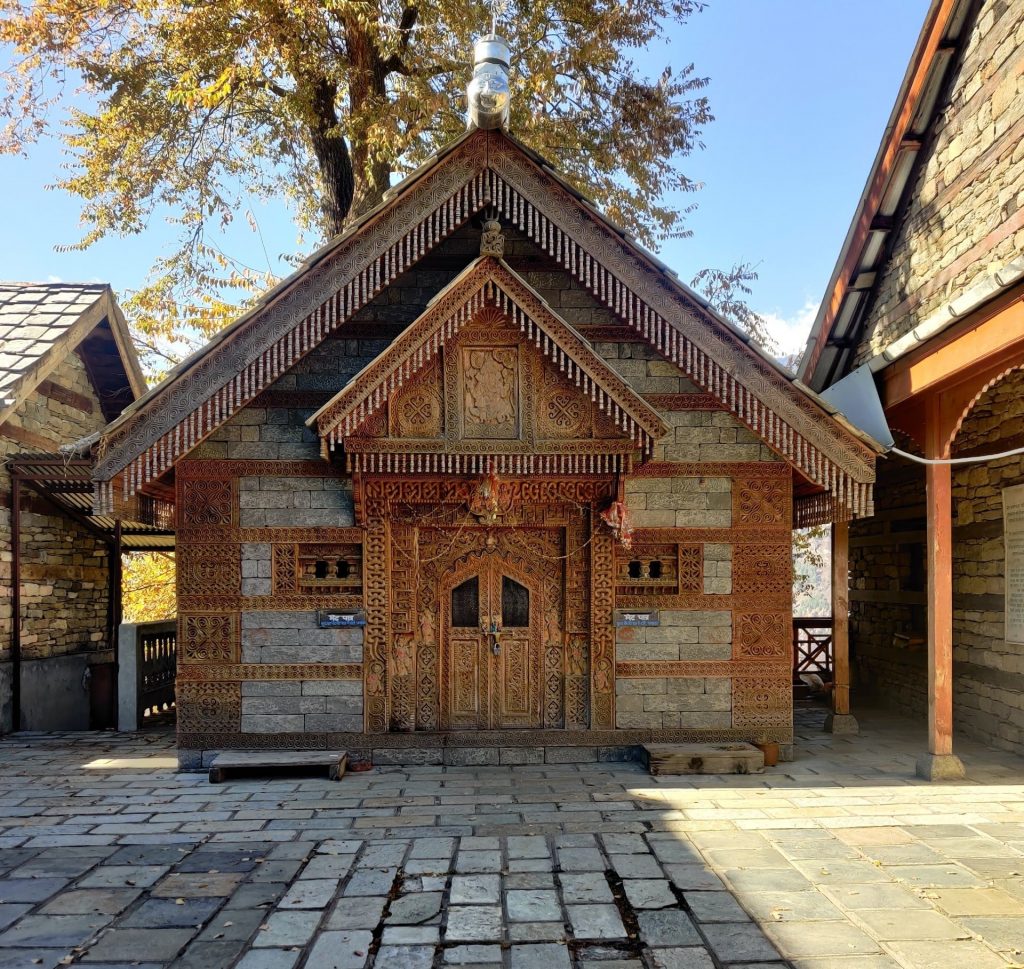
Vernacular Grain Storage – Himachal Pradesh
In the heavily forested areas of Kinnaur, timber is a favored material for grain storage. Not surprisingly the region is home to a strong tradition of wood carving. The Above image shows a grain storage room that is over 100 years old. Lovingly carved with a handcrafted iron padlock perhaps as old as the grain storage. All signs of the highly talented craftspeople of this mountain region. Built from the durable, decay and pest-resistant timber Deodar, these structures outlive those who build them.
